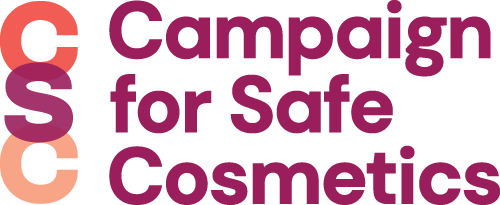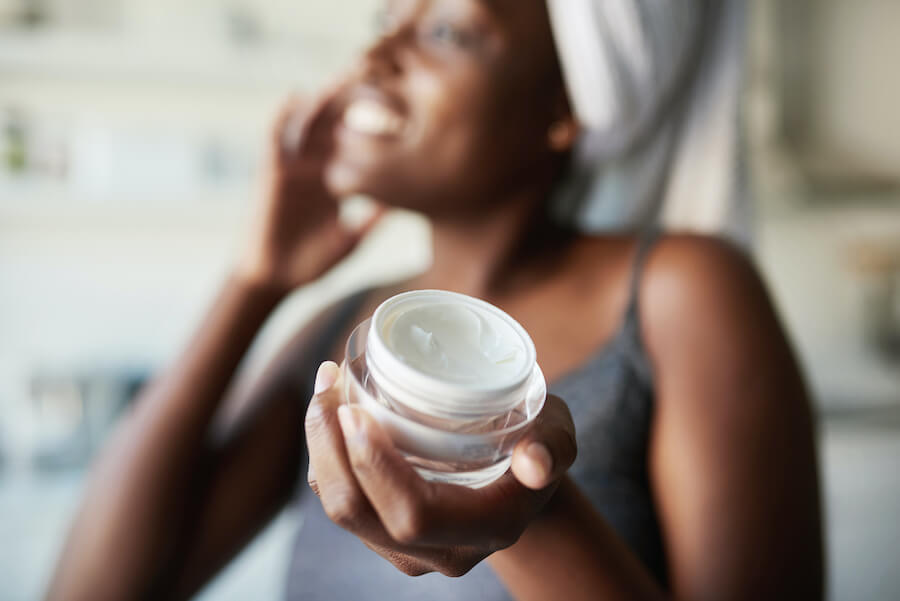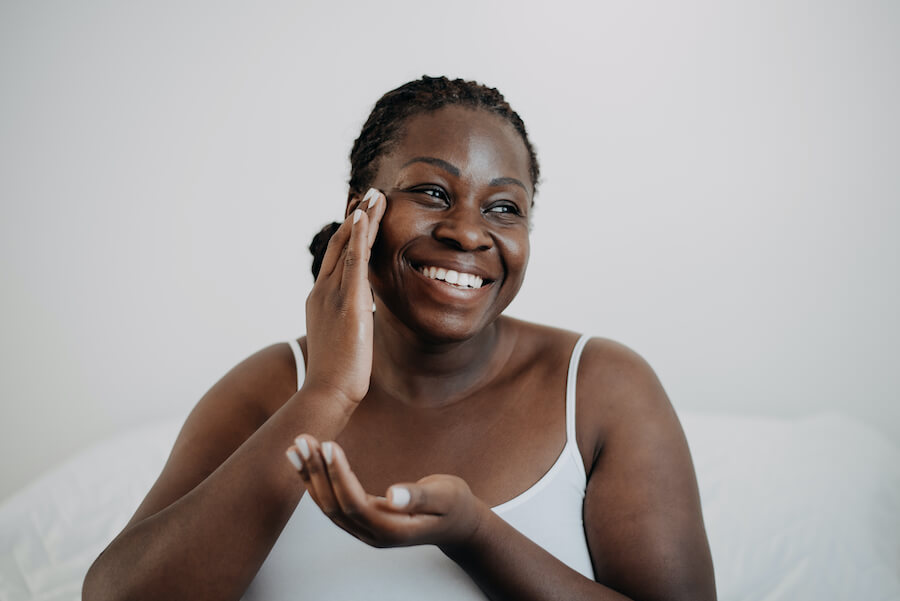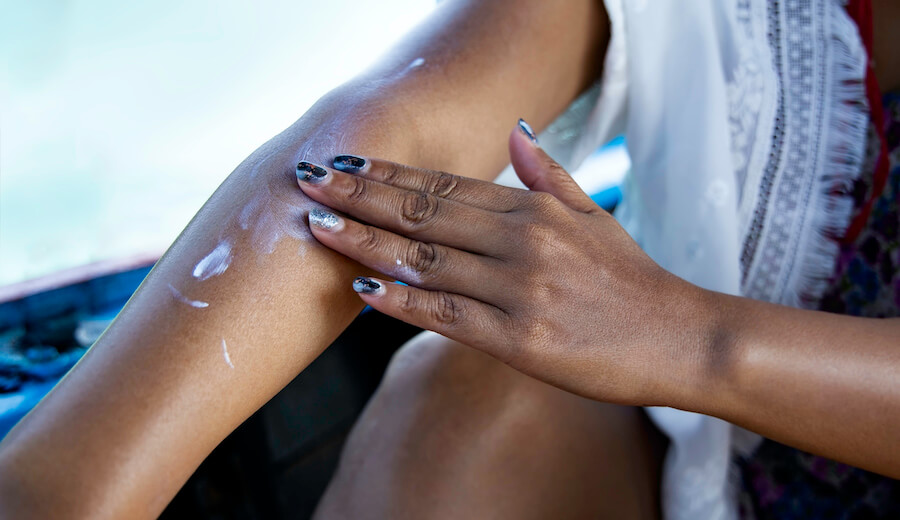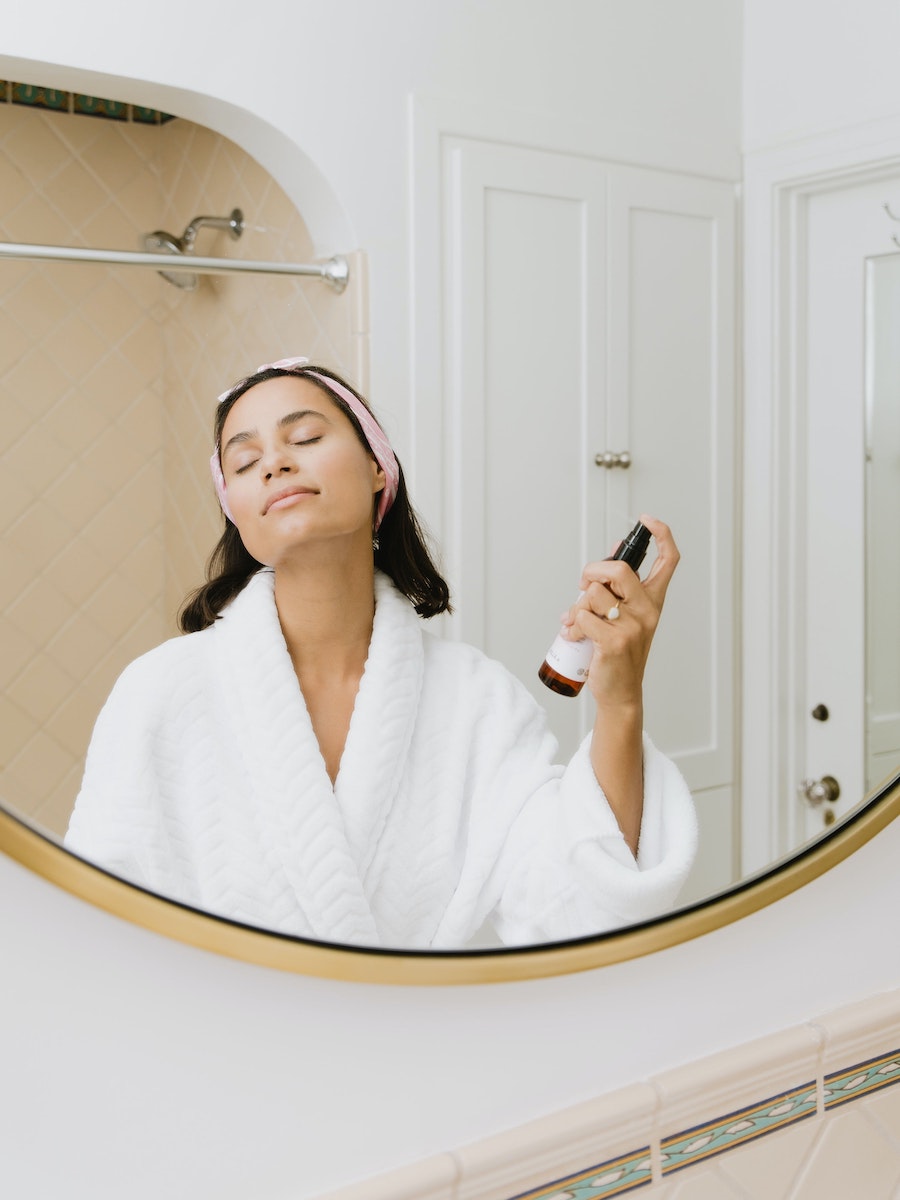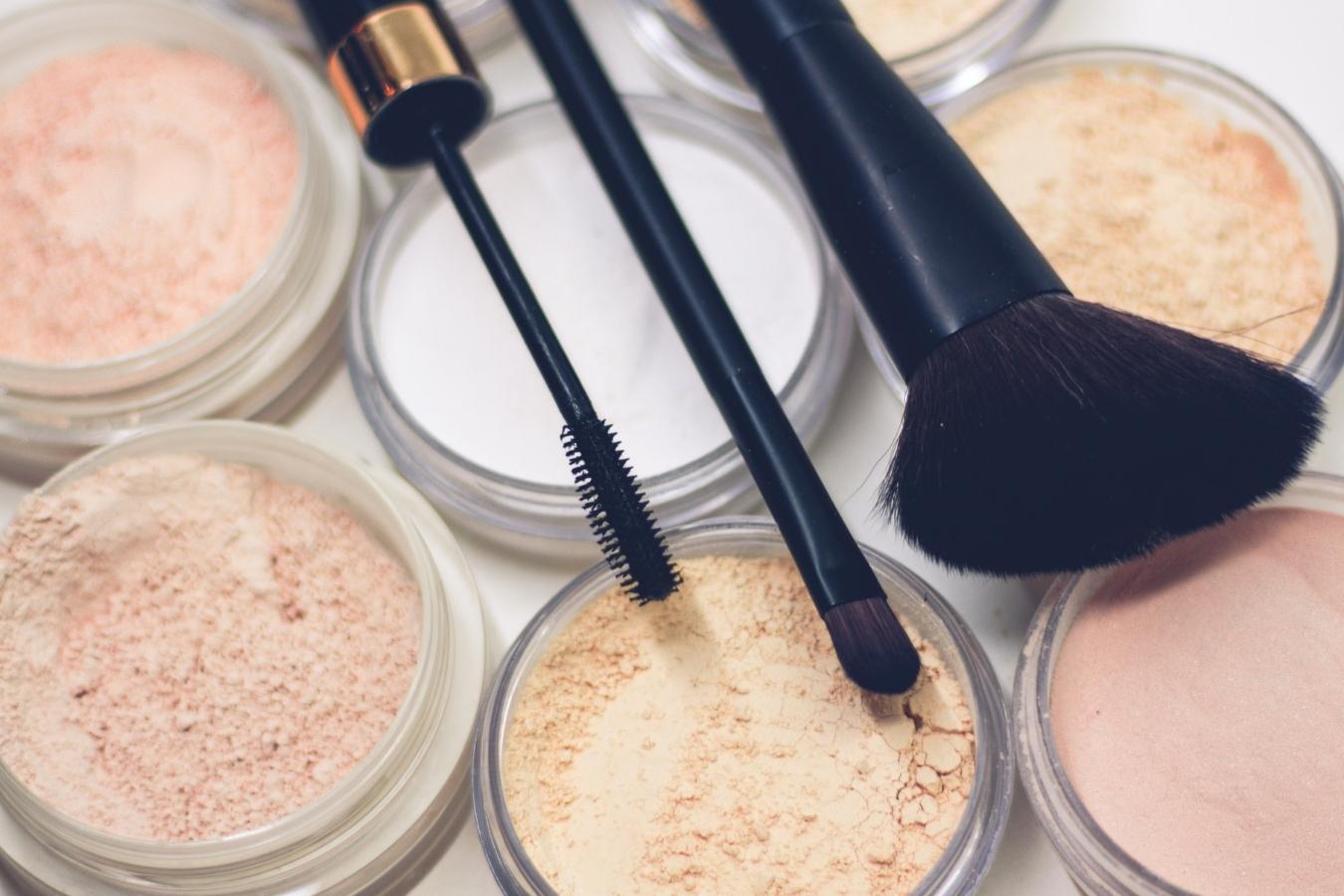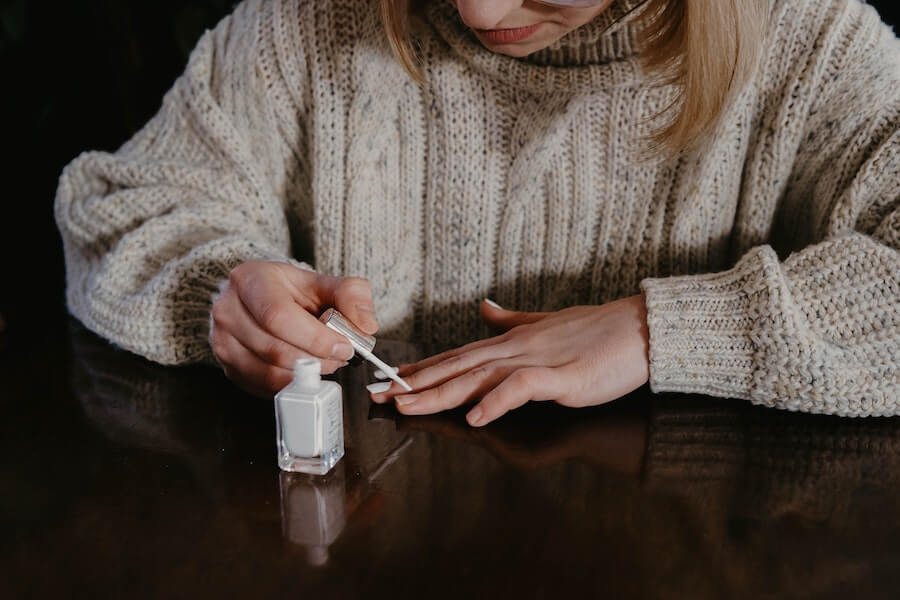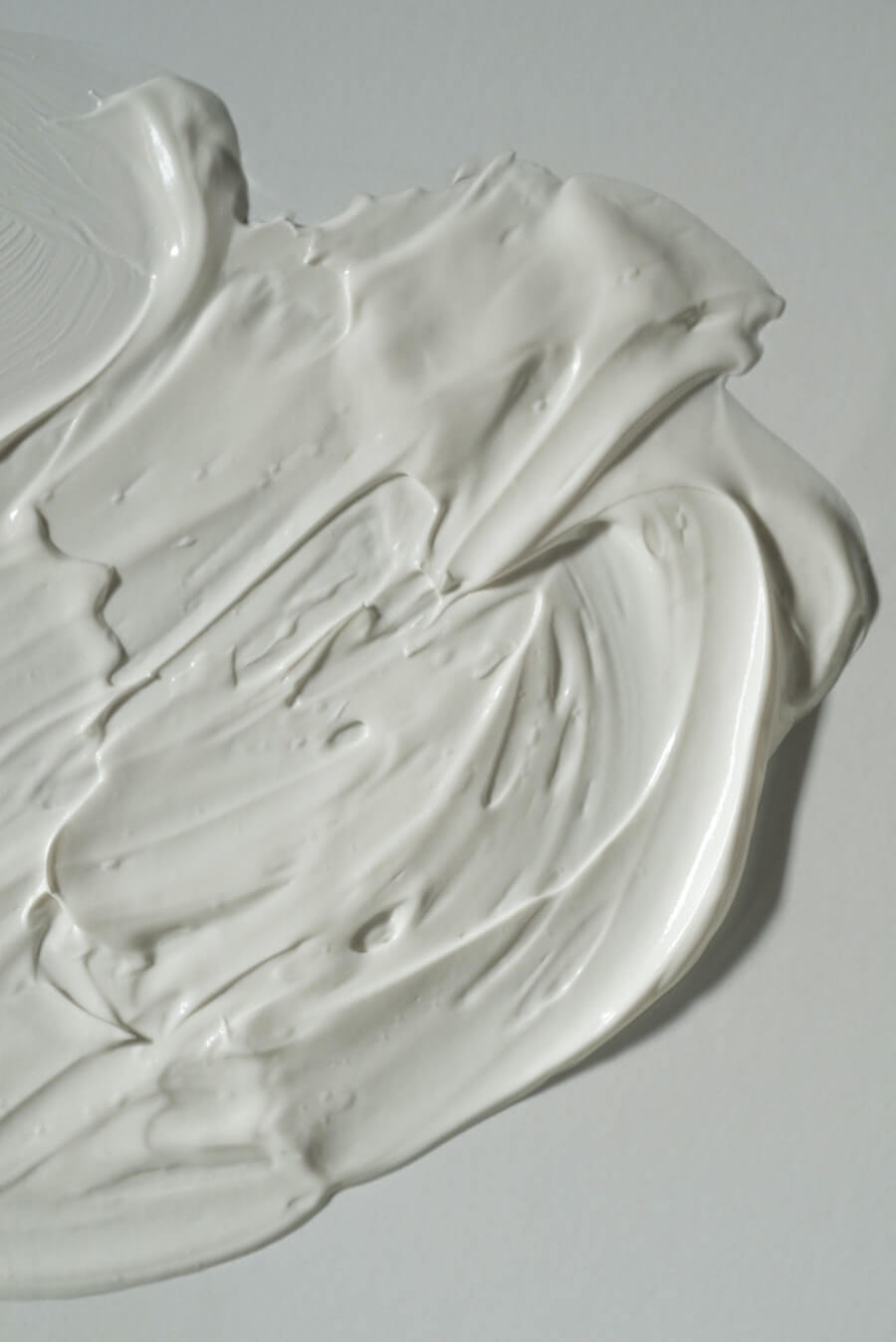[1] Bracchi, P. (2007, January 12). Dying to be whiter: The black women who risk their lives for lighter skin. Retrieved July 23, 2008. Available online: http://www.dailymail.co.uk/femail/article-428541/Dying-whiter-The-black-women-risk-lives-lighter-skin.html. Accessed April 26, 2022.
[2] Zondlo, F. M. (2002). Final report on the safety assessment of Tocopherol, Tocopheryl Acetate, Tocopheryl Linoleate, Tocopheryl Linoleate/Oleate, Tocopheryl Nicotinate, Tocopheryl Succinate, Dioleyl Tocopheryl Methylsilanol, Potassium Ascorbyl Tocopheryl Phosphate, and Tocophersolan. International journal of toxicology, 21, 51.
[3] Jimbow, K., Obata, H., Pathak, M. A. and Fitzpatrick, T. B., 1974. Mechanisms of depigmentation by hydroquinone. Journal of Investigative Dermatology 62, pp. 436–449.
[4] Findlay, G. H., Morrison, J. G. L., & Simson, I. W. (1975). Exogenous ochronosis and pigmented colloid milium from hydroquinone bleaching creams.British Journal of Dermatology, 93(6), 613-622.
[5] NAUMANN, G. (1966). Corneal damage in hydroquinone workers: a clinicopathologic study. Archives of ophthalmology, 76(2), 189-194.
[6] Choudat, D., Neukirch, F., Brochard, P., Barrat, G., Marsac, J., Conso, F., & Philbert, M. (1988). Allergy and occupational exposure to hydroquinone and to methionine. British journal of industrial medicine, 45(6), 376-380.
[7] CIR (Cosmetic Ingredient Review Expert Panel) Final report on the safety assessment of t-butyl hydroquinone. 1986.Journal of the American College of Toxicology 5, pp. 329–351.
[8] CIR (Cosmetic Ingredient Review Expert Panel) Final report on the safety assessment of t-butyl hydroquinone, 1991. Journal of the American College of Toxicology 10, pp. 1–7.
[9] Environmental Working Group. Skin Deep. Product search for Physicians Complex 6% Skin Bleaching Cream owned by CosMed. Online at www.cosmeticsdatabase.com. Accessed July 23, 2008.
[10] National Center for Biotechnology Information (2022). PubChem Pathway Summary for Pathway SMP0000006, Tyrosine Metabolism, Source: PathBank. Retrieved February 11, 2022 from https://pubchem.ncbi.nlm.nih.gov/pathway/PathBank:SMP0000006. Accessed April 26, 2022.
[11] Congress Enacts OTC Monograph Reform. https://www.jdsupra.com/legalnews/congress-enacts-otc-monograph-reform-96907/. Accessed April 26, 2022.
[12] Douglas McGregor (2007) Hydroquinone: An Evaluation of the Human Risks from its Carcinogenic and Mutagenic Properties, Critical Reviews in Toxicology, 37:10, 887-914, DOI: 10.1080/10408440701638970.
[13] Anthony P. DeCaprio (1999) The Toxicology of Hydroquinone — Relevance to Occupational and Environmental Exposure, Critical Reviews in Toxicology, 29:3, 283-330, DOI: 10.1080/10408449991349221.
[14] Nordlund, J., Grimes, P. and Ortonne, J. (2006), The safety of hydroquinone. Journal of the European Academy of Dermatology and Venereology, 20: 781-787. https://doi.org/10.1111/j.1468-3083.2006.01670.x 6. Accessed April 26, 2022.
[15] Jimbow, K., Obata, H., Pathak, M. A. and Fitzpatrick, T. B., 1974. Mechanisms of depigmentation by hydroquinone. Journal of Investigative Dermatology 62, pp. 436–449.
[16] Findlay, G. H., Morrison, J. G. L., & Simson, I. W. (1975). Exogenous ochronosis and pigmented colloid milium from hydroquinone bleaching creams.British Journal of Dermatology, 93(6), 613-622.
[17] NAUMANN, G. (1966). Corneal damage in hydroquinone workers: a clinicopathologic study. Archives of ophthalmology, 76(2), 189-194.
[18] Choudat, D., Neukirch, F., Brochard, P., Barrat, G., Marsac, J., Conso, F., & Philbert, M. (1988). Allergy and occupational exposure to hydroquinone and to methionine. British journal of industrial medicine, 45(6), 376-380.
